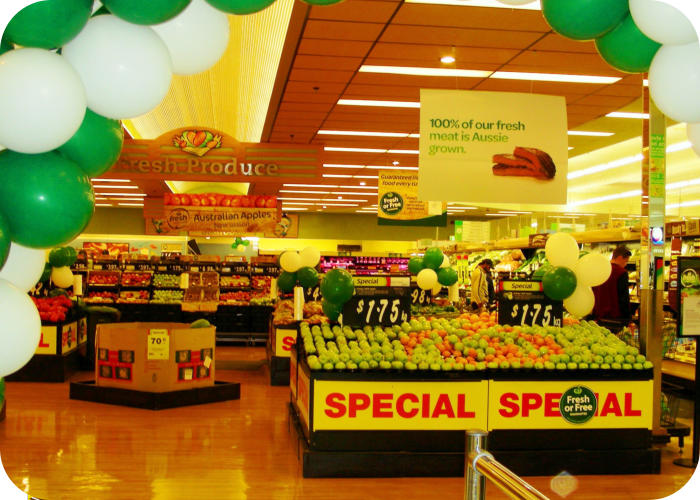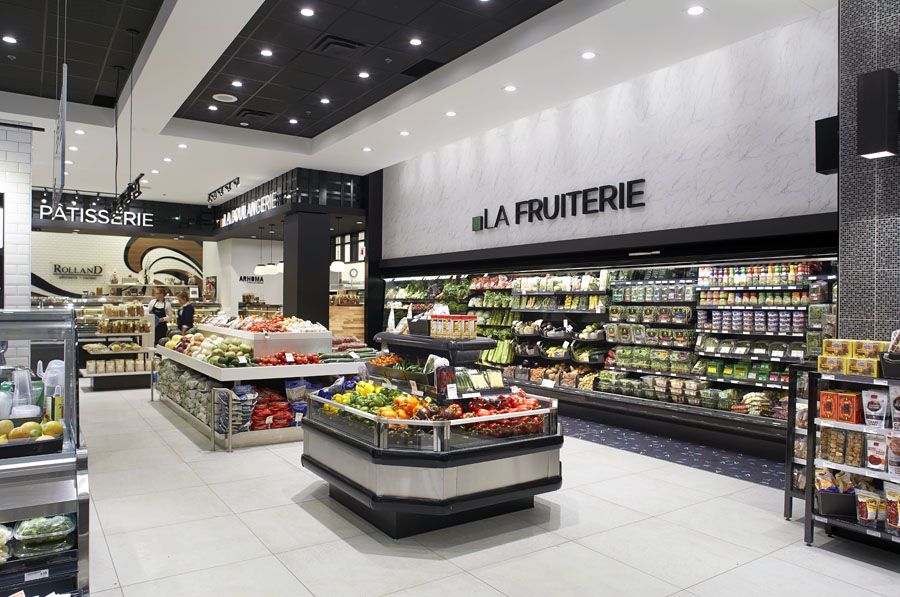30 Jan, 2019
Small Grocery Store Business Tips
Grocery stores are essential in life. We get the food we need to survive and feed our families. For grocery store owners it is a complicated mix of offering what consumers want versus keeping an efficient workplace and maximizing profitability.
Careful Inventory Management
Having excess product on hand that you can’t sell or that goes bad before you can put it out is a waste of money. However, you don’t want to have so little product that you build a reputation as the store that’s always running out of things. Carefully track what you have on hand and monitor how much you’re selling. Use software or spreadsheets to organize the information and identify trends so you always have what you need.
Attracting Customers with Promotions
Successful grocery stores leverage promotions. They call consumers to action by placing ads that say “Huge sale this week only!” and releasing coupons. Vary your deals. Putting spice on sale may bring people in near Thanksgiving, while fruit may be a better option during summer. Work with suppliers ahead of time to coordinate stock, so you don’t run out. With any promotion you will need to weigh the money you lose discounting an item against how many more customers you will be bringing into the store.

Providing a Welcoming Environment
It’s important that you create a clean, welcoming environment so that customers keep coming back. Assign someone to carefully manage produce and remove any bad produce immediately. Keep bathrooms spotless and well-stocked, floors swept and check-out counters well organized. Cashiers should have towels on hand in case of any spills at the checkout.
Overall, cleanliness should be a high priority. You can also set up displays with products, which can help sales.
Be a Part of Your Community
Connect with your community. Sponsor clubs and events. Hold food drives. Make the first move by putting out bins and placing a few items of your own in them. Work with local non-profits to donate food that you might throw out, but that is still good. Listen to what your community wants. Maybe there are a lot of vegans in your area who are being underserved, or maybe your community cares about buying local. The most successful grocery stores respond to what their communities need.
Tell the Story Behind Your Products
Local shoppers also tend to appreciate when their food options come from farms or producers that are also part of the community. But it isn’t enough to just include local brands on your shelves. You also need to call attention to those items and really let customers know the stories behind those products and the people making them.
Laurie Rains, group vice-president of U.S. retail consumer and shopper analytics with Nielsen explained to Food Business News, “Over 8 in 10 independent shoppers spend more than 50% of their fresh food spend in supermarkets versus other outlets where fresh foods are bought. To win the trip, independents need to tell the story of the local fresh products they are selling. This includes everything from craft beer to locally churned ice cream. Flag it on the shelf. Tell the story.”
Rethink the Traditional Store Layout
Another area where independent stores don’t necessarily have to try and emulate what the big chains are doing is store layout. The traditional layout where produce and meats are arranged along the perimeter, with dry goods in the middle, works for stores where people buy all of their groceries for the week in one trip. However, if you have a more specialized store that focuses on a niche like health food or prepared meals, you can cater your layout to call attention to your most popular products and make it as convenient as possible for customers.

Social Media
One of the ways to know if you are doing things right is to ask the customer. Not only is this a simple way to find out if your business is meeting the goals of the consumers but it might open up opportunities to gain more sales from other customers in the process. This could include being active in social media platforms such as Yelp, Twitter, and Facebook where an open communication between consumer and owner may be an interactive way to increase sales. This doesn’t even begin to explore the options of using social media to advertise, promote specials and offer coupons.
